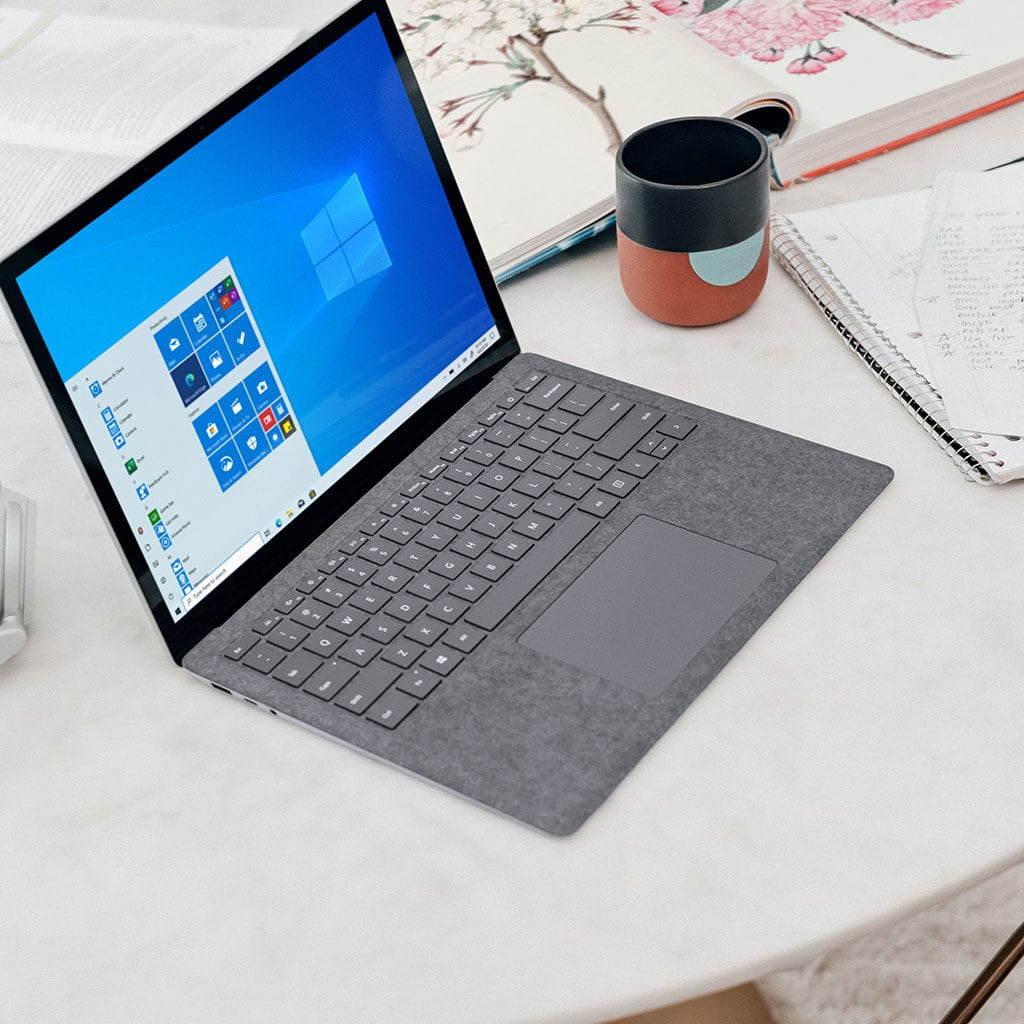Installing Windows 10 is a relatively simple process, but there are some important steps to follow to ensure that everything goes smoothly. This guide will take you through the entire process step-by-step, so you can have your new Windows 10 system up and running quickly and easily.
Instructions for obtaining a Windows 10 license
The Windows 10 operating system is one of the most popular and reliable OS out there. Getting a valid license for the OS is typically not free, but Microsoft still offers some ways to get a legitimate version of Windows 10 without spending any money. Anyone who uses accessibility tools on their Windows 7 or 8-based PC can upgrade to Windows 10 for free. Additionally, if you’ve already upgraded to Windows 10 (even if you later downgraded again), you would be eligible for another free upgrade, which means you could have lifetime access to the powerful and secure Windows 10 platform at no cost.
Any other potential users looking to get their hands on an official copy of the Windows 10 software should do some research, as there may be deals available that provide discounted or even completely free licenses through special promotions and partnerships. Of course, a lot of these deals come with certain conditions or limitations attached, so it’s important to watch out for those. Finally, don’t be tempted by shady sites offering illegal copies or activation keys – getting caught using such means could result in serious legal trouble.
Guide to Installing Windows 10
Installing Windows 10 may seem daunting but with the right system requirements and a few simple steps, you can be up and running in no time. It’s important to make sure your device meets the minimum system requirements before you do anything else. This includes having at least a 1GHz processor, 1GB of RAM for Windows 10 32-bit or 2GB for Windows 10 64-bit, 32GB of storage space or more, a DirectX 9 compatible graphics card or later with WDDM 1.0 driver and display resolution of 800×600 or higher. Once you have checked off all these base level requirements its time to move on to installing Windows 10.
The installation itself is relatively simple but will take some time as it needs to fully download and apply any relevant updates while also setting up the operating system on your device. Although it will require some patience to stick through the process, being patient and waiting it out is worth it as you can have peace of mind that your computer runs both quickly and effectively when finished. After completion you’ll be free to explore, customize and create on your newly installed Windows 10 operating system.
Steps to follow while activating windows 10:
1. Check that your device meets the minimum system requirements for Windows 10.
2. Download the Windows 10 installation media from Microsoft’s website or create a bootable USB drive with the Windows 10 installation files.
3. Start up your computer and press any key to make it boot from the USB device if needed.
4. Follow the on-screen instructions to configure new partitions on your hard drive and create local user accounts to use the system.
5. Let Windows 10 finish downloading and applying any relevant updates while setting up the operating system on your device, this may take some time depending on your connection speed so be patient and wait it out.
6. Once finished, you can explore, customize, and create content with your newly installed version of Windows 10!
Instructions for installing Windows 10 via bootable USB
Installing Windows 10 via a bootable USB is a quick and easy way to upgrade your system. To initiate the process, place the USB drive into the assigned USB port on your computer and turn it on. Depending on your computer, you may need to press a key in order to make it boot from the USB device.
Once the installation process has begun, Windows 10 will provide instructions on how to configure new partitions on your hard drive, giving you the opportunity customize your setup. During this process your computer may reboot a few times; however this is normal and shouldn’t alarm you. Once it’s finished, Windows setup will prompt you on how best create local user accounts so that others can use the system too. After all of these steps have been successfully completed, Windows 10 should now be installed and ready for use!
Advantages of utilizing a bootable USB for Windows installation
Installing a Windows operating system on your computer can be done in multiple ways, but the most convenient option nowadays is to use a bootable USB drive. This approach allows for much faster and reliable installation of the system than using a CD, DVD or any other kind of physical medium. Additionally, it also helps reduce the risk of data loss or potential incompatibilities associated with using outdated installation media.
First and foremost, it’s important to create a bootable USB drive before attempting to install Windows. This process requires you to obtain the correct ISO file from an official Microsoft website, format an appropriate USB drive with reliable software, and then move all files from the ISO into that drive. On completion of the above steps, your USB drive will be ready to boot up and start installing windows at any time. The advantages of installing via USB are clear: no scalability issues with different hardware configurations; compatibility across various devices; easy access to drivers; shorter installation times as more files can be added/removed quickly; easier data recoveries if something goes wrong midway through; fewer risks related to malicious corruptions.
Upgrading from an older version of Windows
If you are looking to upgrade from an older version of Windows such as Windows 7 or 8, the process of upgrading to Windows 10 is relatively easy. First, you need to download the installer tool from Microsoft’s official website. The page will include an option for downloading the ‘Create Windows 10 Installation Media’. This will allow you to create a disk image and start the process.
Once that is done, running the installer tool is next; this will take few minutes depending on your internet connection and PC configuration. After it has finished, it will ask you if you want to keep all of your installed apps and programs or only some files when installing Windows 10. Once that decision been made, click ‘Install’ and let it finish before setting up your user profile with slightly new options such as adding a PIN code instead of password for quicker login experience!
Reinstalling Windows 10 on a computer with existing Windows 10
If you already have Windows 10 on your PC and want to install a fresh version, Microsoft has made it much easier with the Creators Update. You can use the “Fresh start” option in Windows Defender to get rid of any third-party bloatware that may have been installed by the manufacturer and just leave a clean Win10 system, virtually out-of-the-box. This is an incredibly convenient way of doing things and leaves you with far less hassle than before.
If you choose not to use Fresh Start or don’t have Windows 10 installed, you have the option to utilize the Download Windows 10 application to generate installation media and perform a fresh reinstallation. It’s still possible to do things old school like this if that’s your preferred method of resetting your computer. The key takeaway is that there are now multiple ways in which one can reinstall Win10 on their existing device, making things considerably easier than they were prior to the Creators Update.
Install Windows 10 cleanly with media
Getting access to and installing a clean version of Windows 10 is easier now than ever before. Microsoft provides easy access to official installation media, allowing anyone with an internet connection to download the necessary files. The most straightforward way of getting the correct Windows 10 installation media is to visit Microsoft’s Download Windows 10 page and click “Download Tool Now”. Then you must run the downloaded file, select “Create installation media for another PC” with the language, edition and architecture you need, typically 64-bit CPU if you want the 64-bit version.
Once this has been done, you can follow instructions to copy all necessary files to your USB drive or typical fireproof DVD so that you can properly install a clean OS onto your new hard drive or system upgrade. You will likely be required to enter a valid product key from Microsoft once the system first boots up in order to validate and finish windows setup process – but for some versions of Windows 10 (such as those available through Microsoft’s Volume Licensing program), your computer will activate with a digital entitlement after installation even if no product key was entered during setup.



